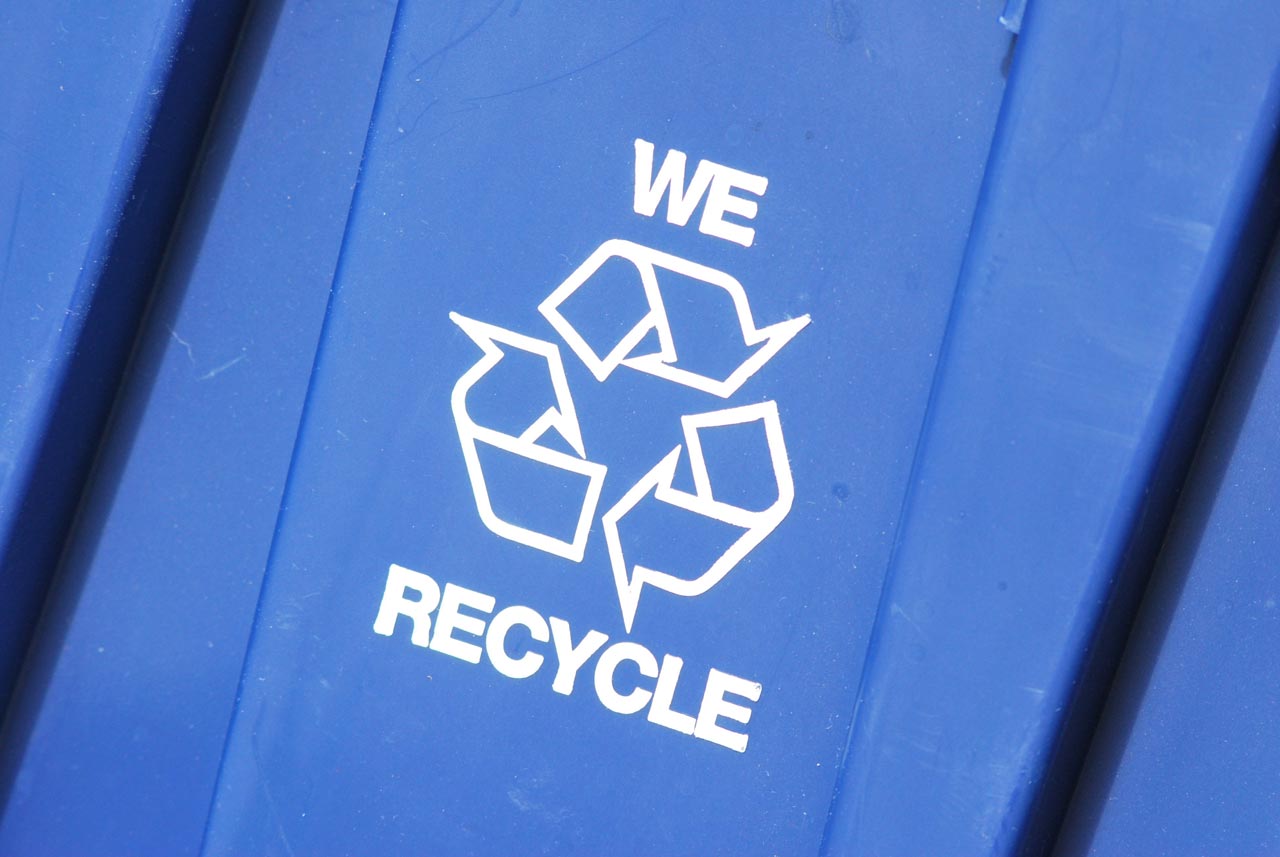Tips for Recycling Plastic at Home
Published: January 30, 2024 Updated: October 1, 2024

Discover effective tips for recycling plastic at home and reduce waste in an eco-friendly way.
According to a new report by The Recycling Partnership (TRP), the recycling rate for residential recyclables is 21%. The recycling rate accounts for multi-family and single-family residences and includes tough to recycle materials like films and flexibles, along with the typical materials TRP has tracked in the past. The report finds that Americans are taking 75% of their recyclables and simply throwing them in the trash, Accessibility to recycling has become more and more available over the last few years with 73% of all US households having access to recycling. However, materials lost at the household level include easy to recycle items like cardboard boxes, milk jugs, mixed paper, and aluminum cans.
The amount of participation in recycling programs varies considerably by state. Currently, Utah has the highest participation rate at 70%. Arizona, Colorado and Nevada are also strong recycling states with rates near 68%1. With recycling being a crucial part of reducing waste and conserving resources the question then becomes, “How do we get more people to recycle at home?”.
The first answer to this question is consistent education. If followed correctly, the tips below will help to increase effective recycling at home:
- Reduce your waste: One of the best things you can do is reduce the amount of waste you produce. Try purchasing products with less packaging and bring your own reusable bags and containers when shopping.
- Be aware of what can and cannot be recycled: Different recycling programs have varying rules. Paper, cardboard, glass, plastic bottles and containers, and aluminum cans are common items that can be recycled. Items that cannot be recycled include plastic bags, food waste, and electronics.
- Clean and sort your recyclables: Rinse out any food or drink containers before recycling them. Also, sort your recyclables into different bins or containers based on the type of material.
- Participate in local recycling programs: Many communities offer curbside recycling programs, so be sure to take advantage of these programs if they are available in your area. You can also look for recycling drop-off centers in your community.
With plastic specifically, recycling at home is important because it helps reduce the amount of plastic waste that ends up in landfills and oceans. By recycling plastic at home, we can conserve natural resources, save energy, reduce pollution and the need for new plastic to be produced.
Different Types of Plastic and How to Identify Them
There are several different types of plastic, and each type has its own recycling properties. The most common types of plastic include PET (polyethylene terephthalate), HDPE (high-density polyethylene), PVC (polyvinyl chloride), LDPE (low-density polyethylene), PP (polypropylene), and PS (polystyrene).
To identify the type of plastic, look for the recycling symbol on the product. The recycling symbol consists of a triangle with a number inside it, ranging from 1 to 7. Each number represents a different type of plastic. Numbers 1 and 2 are the ones most accepted by recycling centers. You can also look at product packaging or check local recycling guidelines for more information.
Preparing Plastic for Recycling
Before recycling plastic, it's important to prepare the materials properly to ensure items can be processed efficiently. According to the Association of Plastic Recyclers, you should return the caps to their bottles. Recycling technology has improved and despite being different materials they can be separated during the recycling process. Unless, of course, your local recycling centers or waste management recommends to the contrary.
Next, rinse the plastic to remove any food residue or contaminants. This will help prevent contamination in the recycling process and ensure that the recycled plastic is of high quality.
Once the plastic is clean, flatten or crush it to save space in your recycling bin. This will also make it easier for recycling facilities to handle and process the plastic.
Finally, make sure to separate different types of plastic before recycling if your recycling service requires it.
Creative Ways to Reuse Plastic
Repurposing plastic materials is an excellent way to give them a second life. With a little creativity, you can transform plastic waste into useful and decorative items. For example, plastic bottles can be used as planters for small indoor plants or as storage containers for small items like buttons or screws. Plastic bags can be reused as trash bags or for storing and organizing items.
Common Mistakes to Avoid When Recycling Plastic
While recycling plastic is beneficial, there are some common mistakes people make which can hinder the recycling process. Though we touched on a few already, it’s always good to re-emphasize what’s acceptable for recycling and what’s not!
Be sure to check your local recycling guidelines and follow them carefully. Prepare your plastic materials properly by, rinsing them and separating the different types of plastics, if required. Only recycle the types of plastic that are accepted by your local recycling program. Don't recycle heavily soiled or contaminated plastic materials.
By following these tips at home, you can help ensure circularity and protect the environment.
